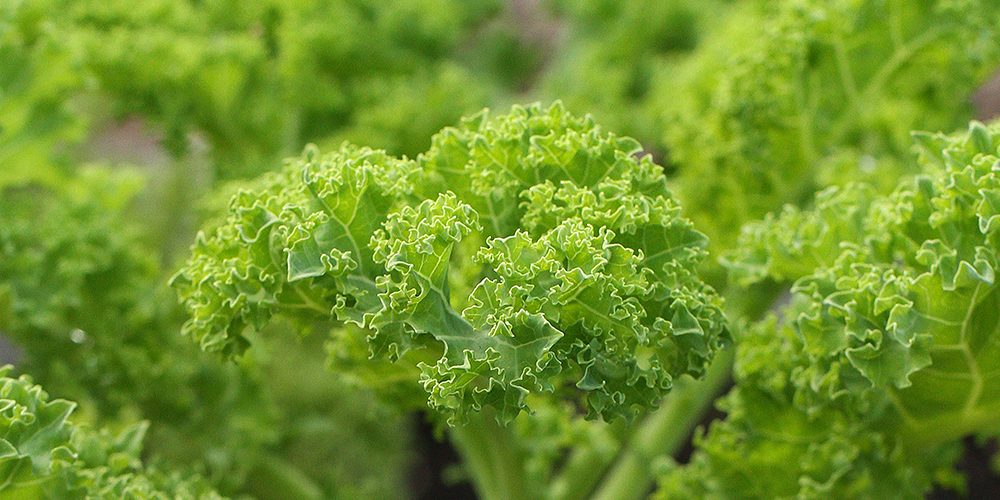Well, we’ve sold out of our summer plants and now we’ve launched a limited Autumn range of veg patches while we get a few tweaks made to our processes so that next year we can dispatch plants speedily whatever the weather. If you’re keen to grow with us over the autumn and winter, then here’s what you need to know…
WHEN TO PLANT
If you were lucky enough to scoop up carrots, beetroot, brassicas etc in the summer sale, then plant them when they arrive and you should get a decent crop over autumn. The next opportunity to plant comes in September and through into October (until it gets too cold).
WHAT TO GROW
Our Autumn Veg Patches contain various different crops, from kales and cabbage greens to Oriental leaves like pak choi, tatsoi, salads and mustard leaves. Many of these can be harvested in a cut & come again way, giving you a continual source of veggies right through the winter. You’ll also find some overwintering broccoli in the veg patches, and turnips and spring onions which will come through early in spring.
WHAT TO HARVEST
Autumn is a great time for harvesting with all the late cropping veggies coming through after being planted in spring/summer. Most noticeably you’ll get a good crop of brassicas, with loads of cabbages, cauliflower and kale coming through that you planted earlier in the year. Leeks will be in season too, as will parsnips and celeriac. And of course there will still be plenty of leafy greens like chard and spinach, and delicious sweetcorn!
JOBS TO DO
Autumn is a good time to top up the compost pile with fallen leaves (you could start a leaf mould mulch), grass cuttings and veg plants that you’ve pulled up. Try to keep the veg plot free of debris so as not to provide a pest-friendly/disease-friendly environment. Keep on top of harvesting and try to store your crops as best you can.
If you’re going to carry on growing, then it’s worth adding fresh compost to your soil to top up nutrients and help suppress weeds over the coming months. If you’re not going to grow again until spring, then cover empty beds with a good layer of compost or organic matter and a sheet of black polythene for the winter.

